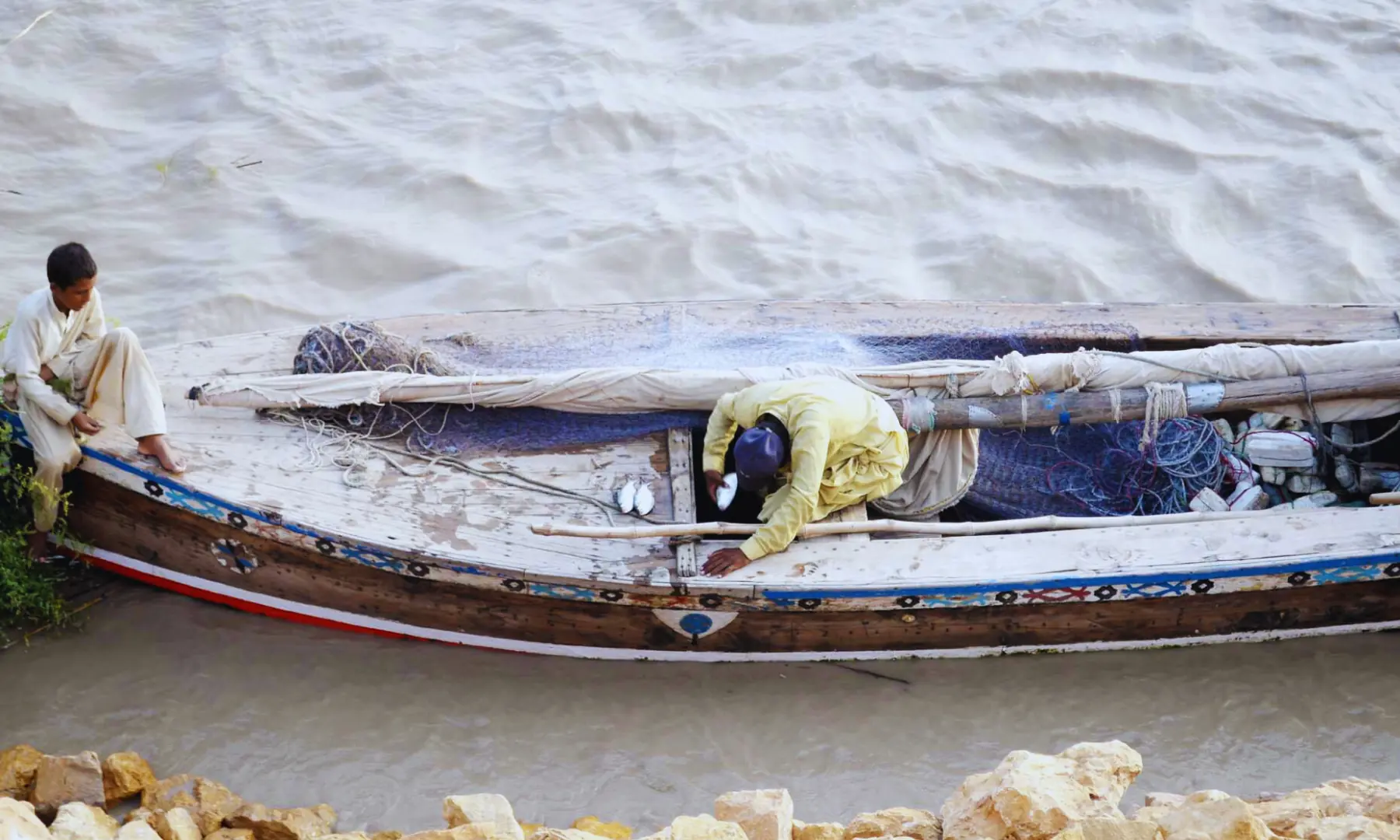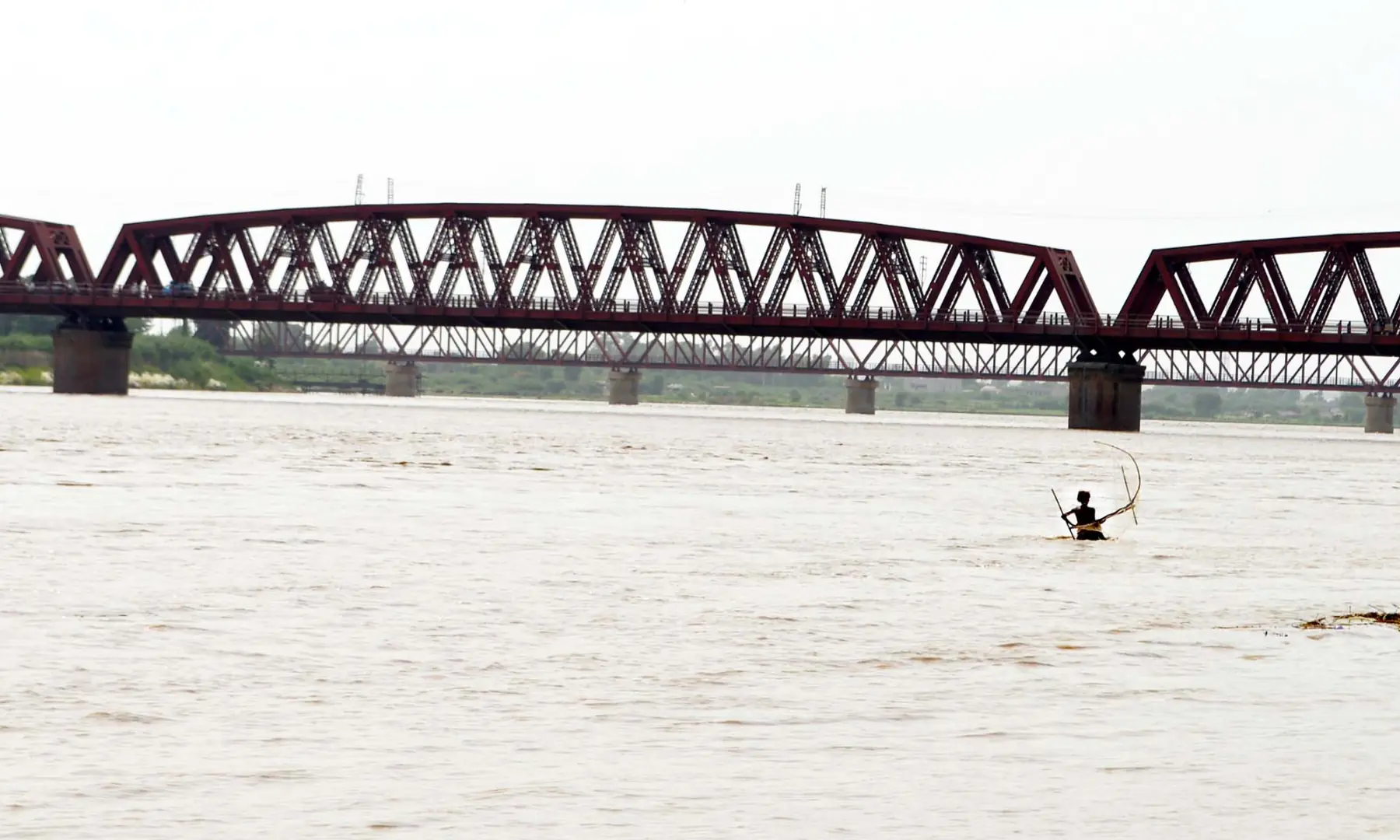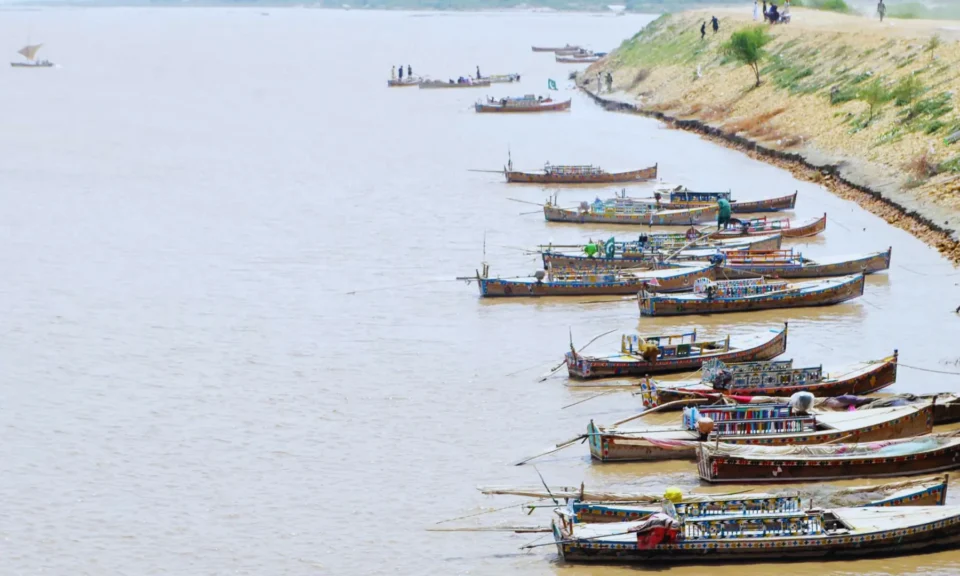Sindh Prepares for Peak Floods as Indus River Swells
Hyderabad, Sindh – September 2, 2025 –
Authorities in Sindh are bracing for another potential peak flood as the Indus River continues to swell following medium and high floods in July and August. The province’s main barrages, Guddu and Sukkur, have already faced heavy water flows this year, and preparations are underway to manage the rising river levels.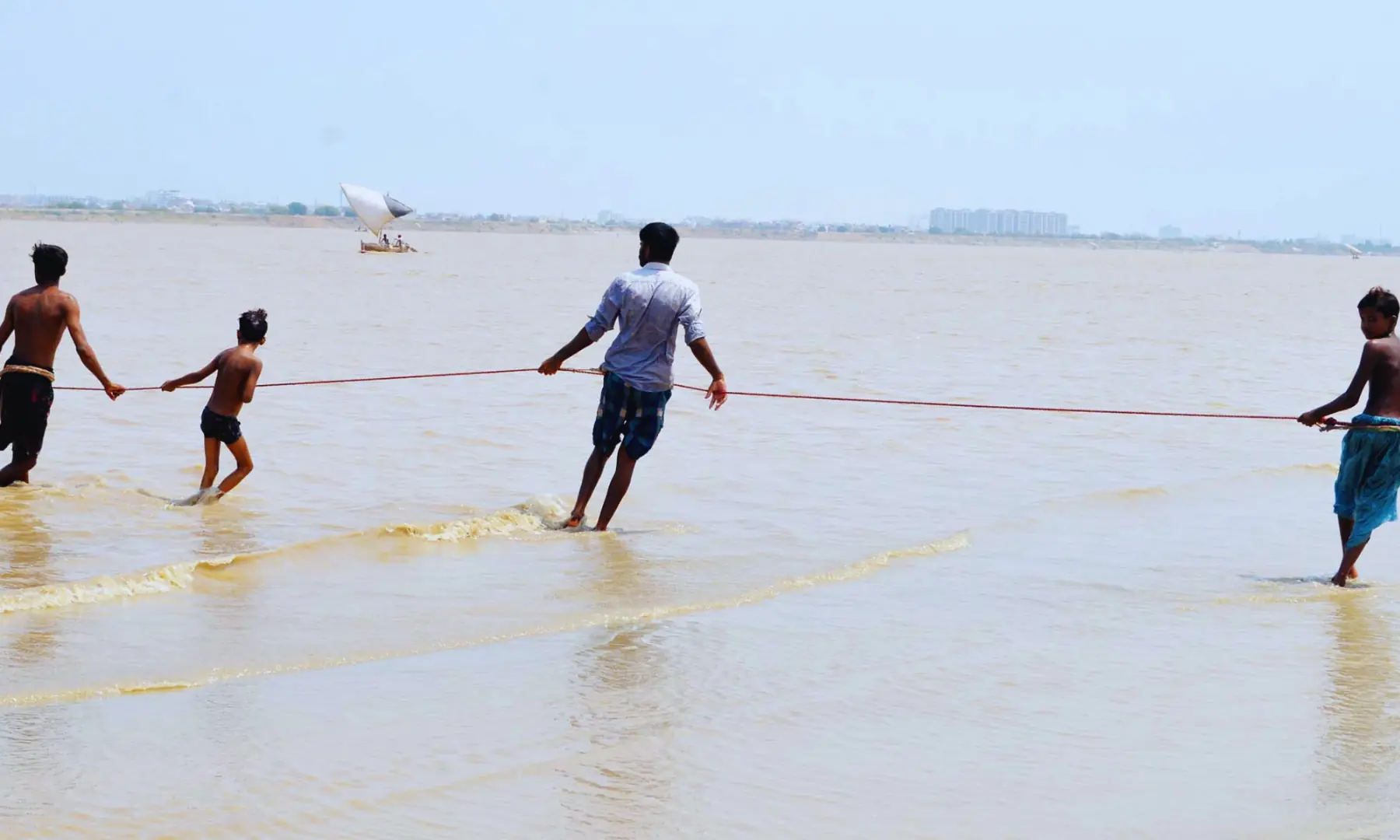
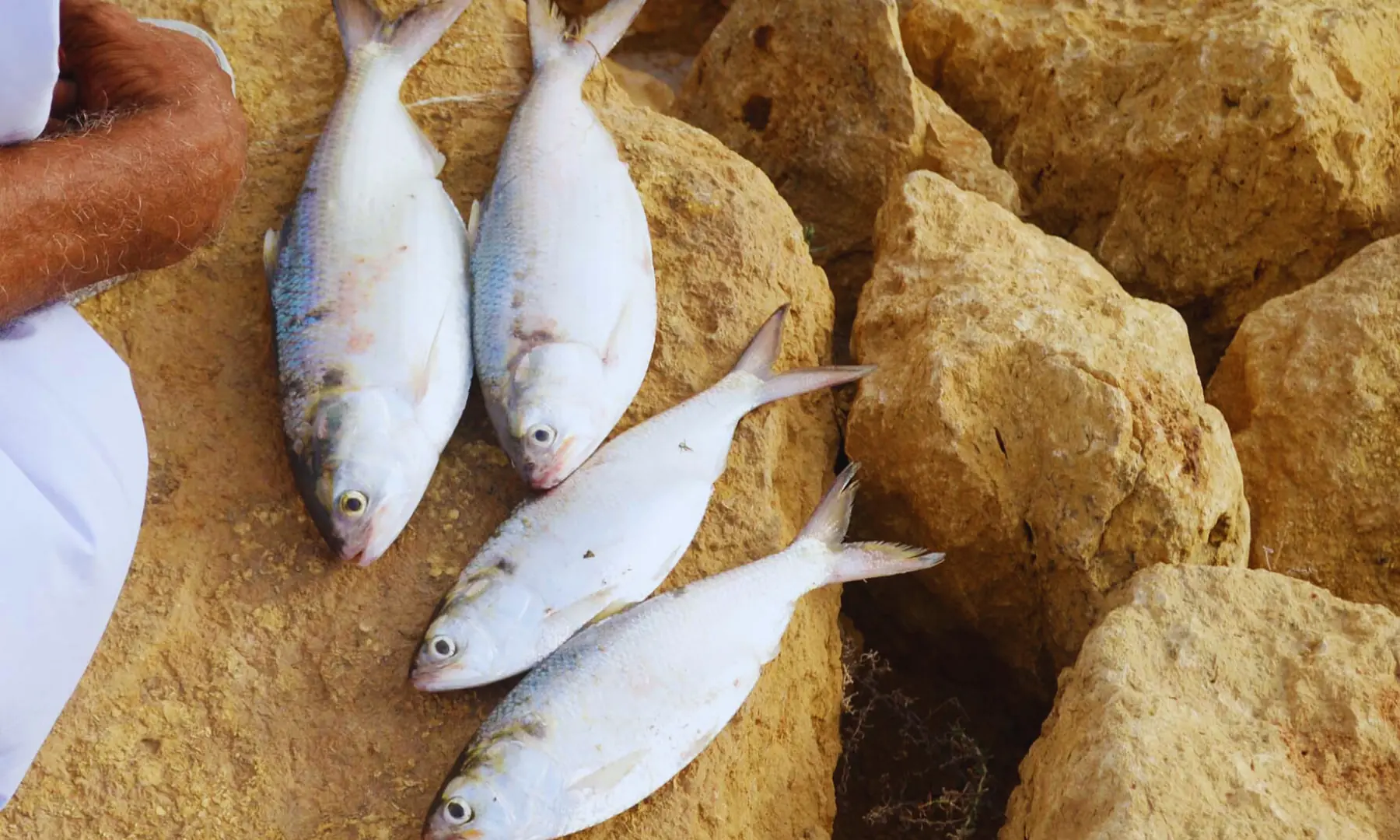
Local fisherman Subhan Ali shared his daily struggle to catch fish with a makeshift “chambi” net along the Indus near Hyderabad. Despite empty nets, Ali and others remain tied to the river, which is both a lifeline and a livelihood for communities across Sindh.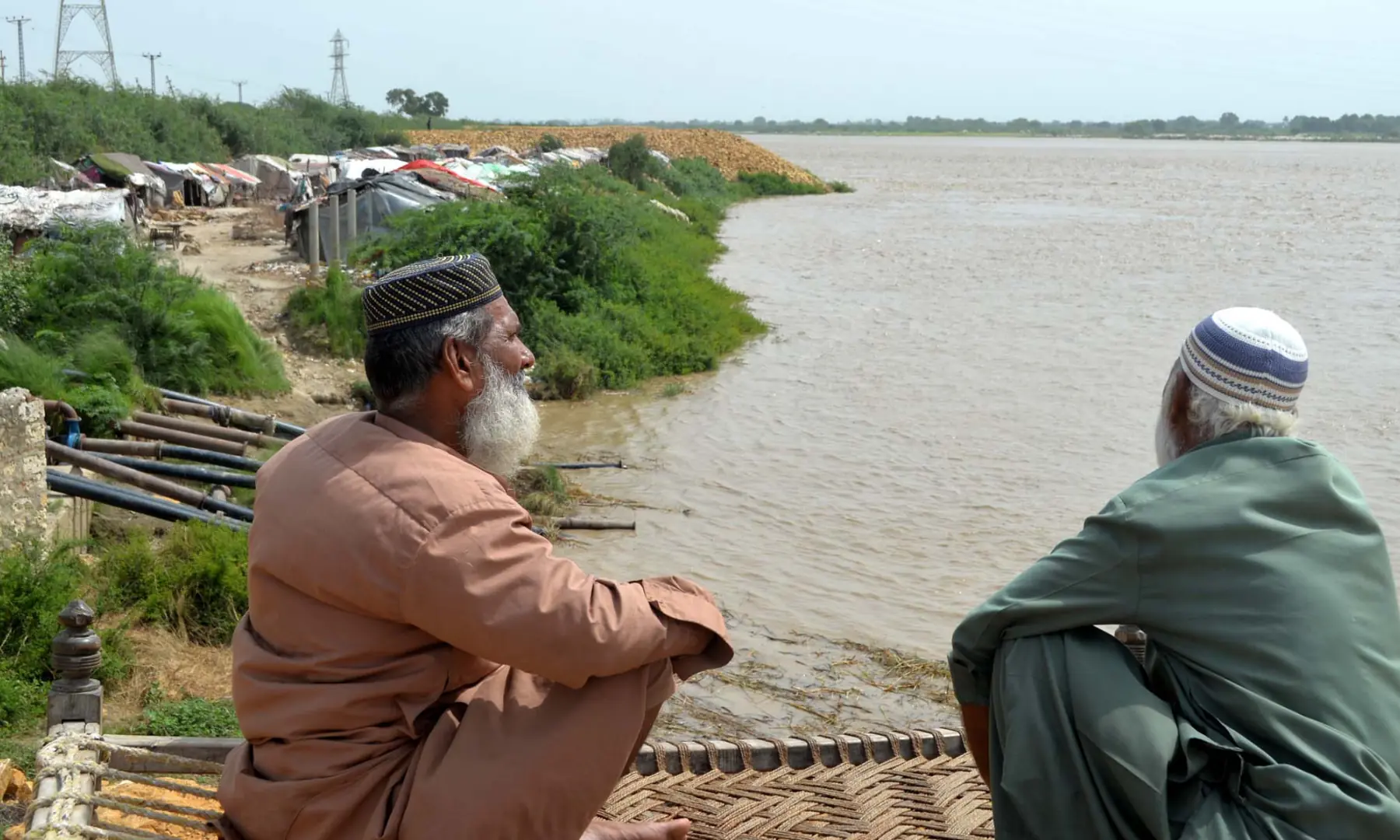
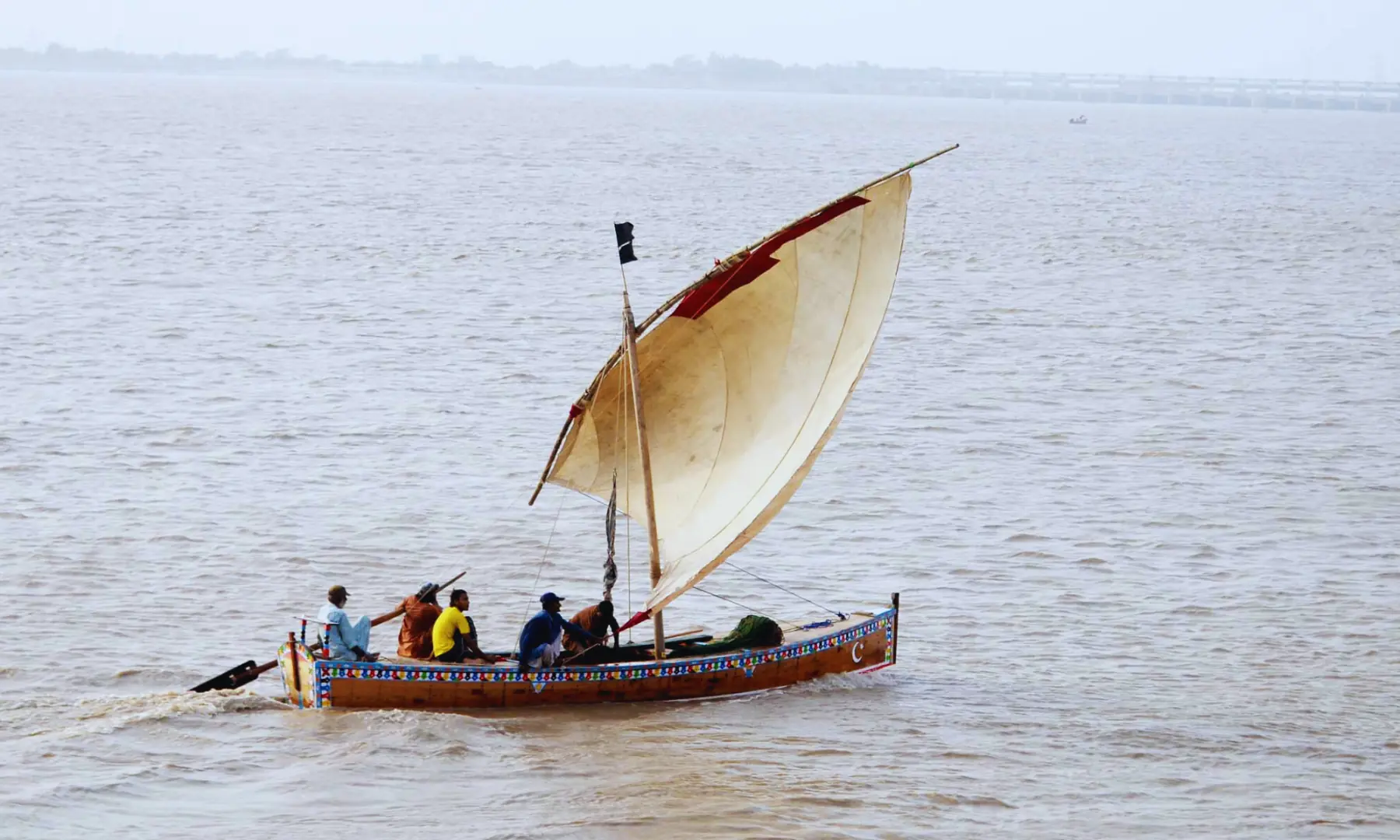
Experts say high flows help recharge groundwater, restore soil fertility, and sustain riverine forests, which cover only a small fraction of the province’s total land. “Floods are a natural lifeline for the river, maintaining the ecosystem, biodiversity, and agricultural productivity,” explained Mahmood Nawaz Shah, president of the Sindh Abagdar Board.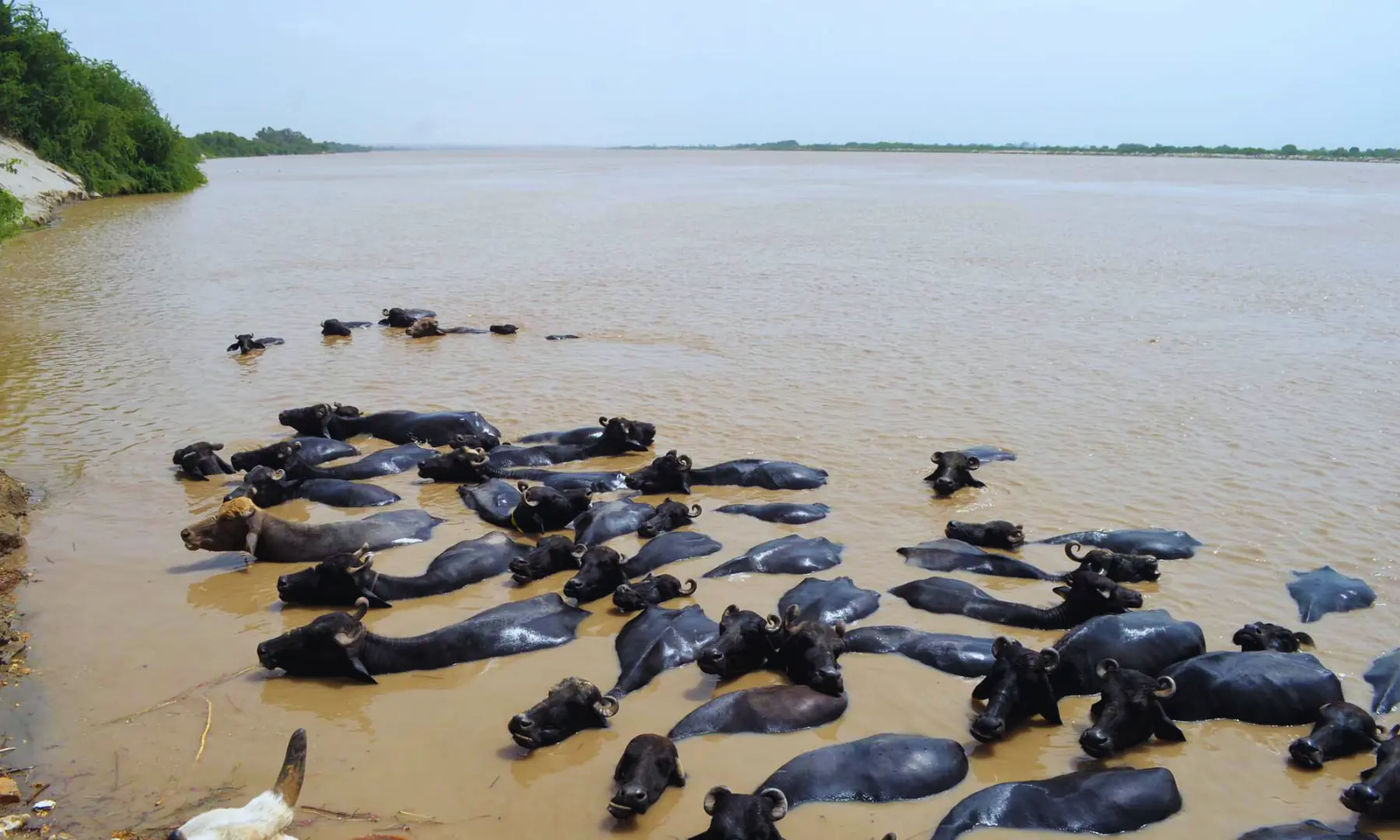
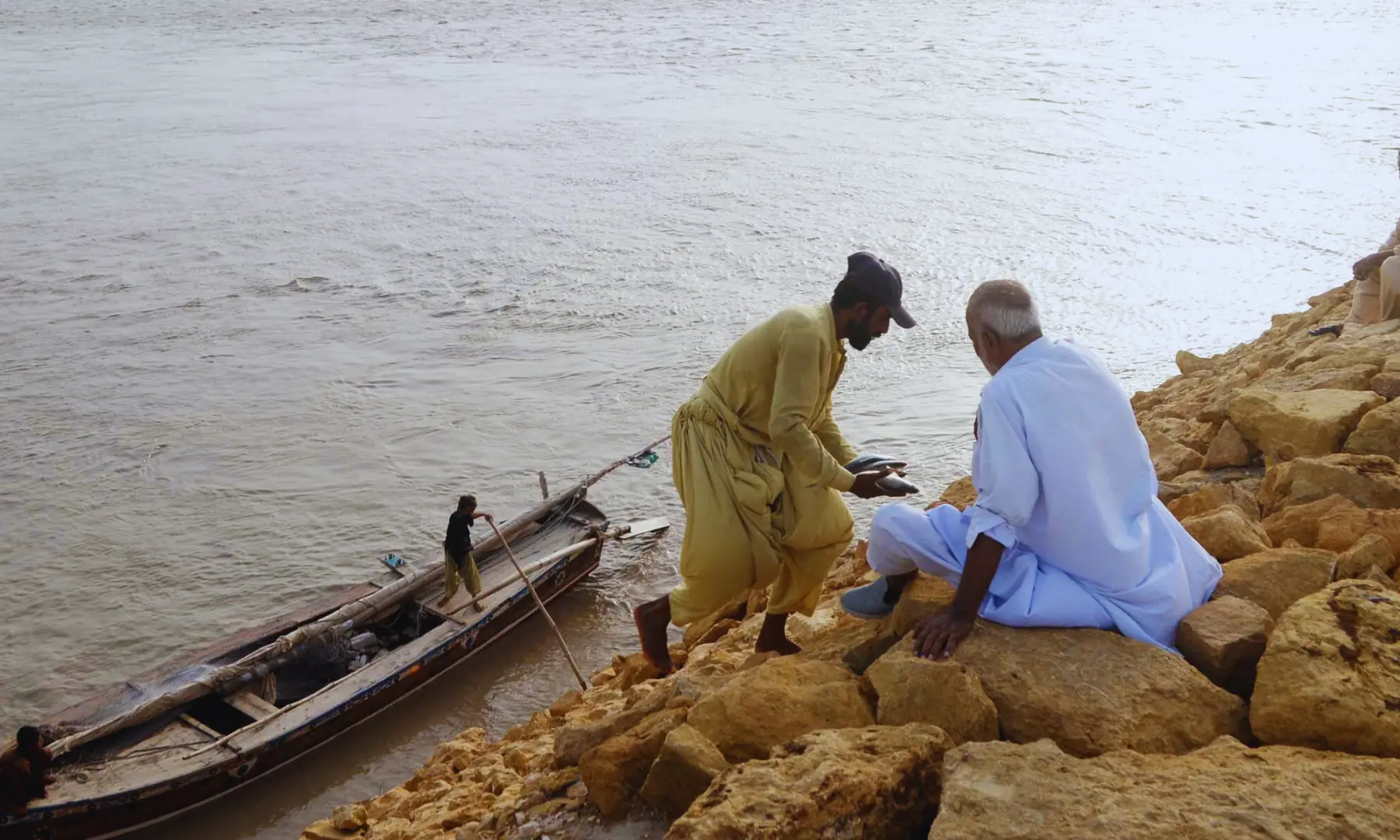
At the same time, riverine floods pose a serious threat to residents of katcha areas – settlements inside the Indus dykes. Millions have lived in these vulnerable zones for generations. Sindh Chief Minister Murad Ali Shah announced evacuation strategies to protect lives and livestock, emphasizing that communities must move to higher ground if water levels rise.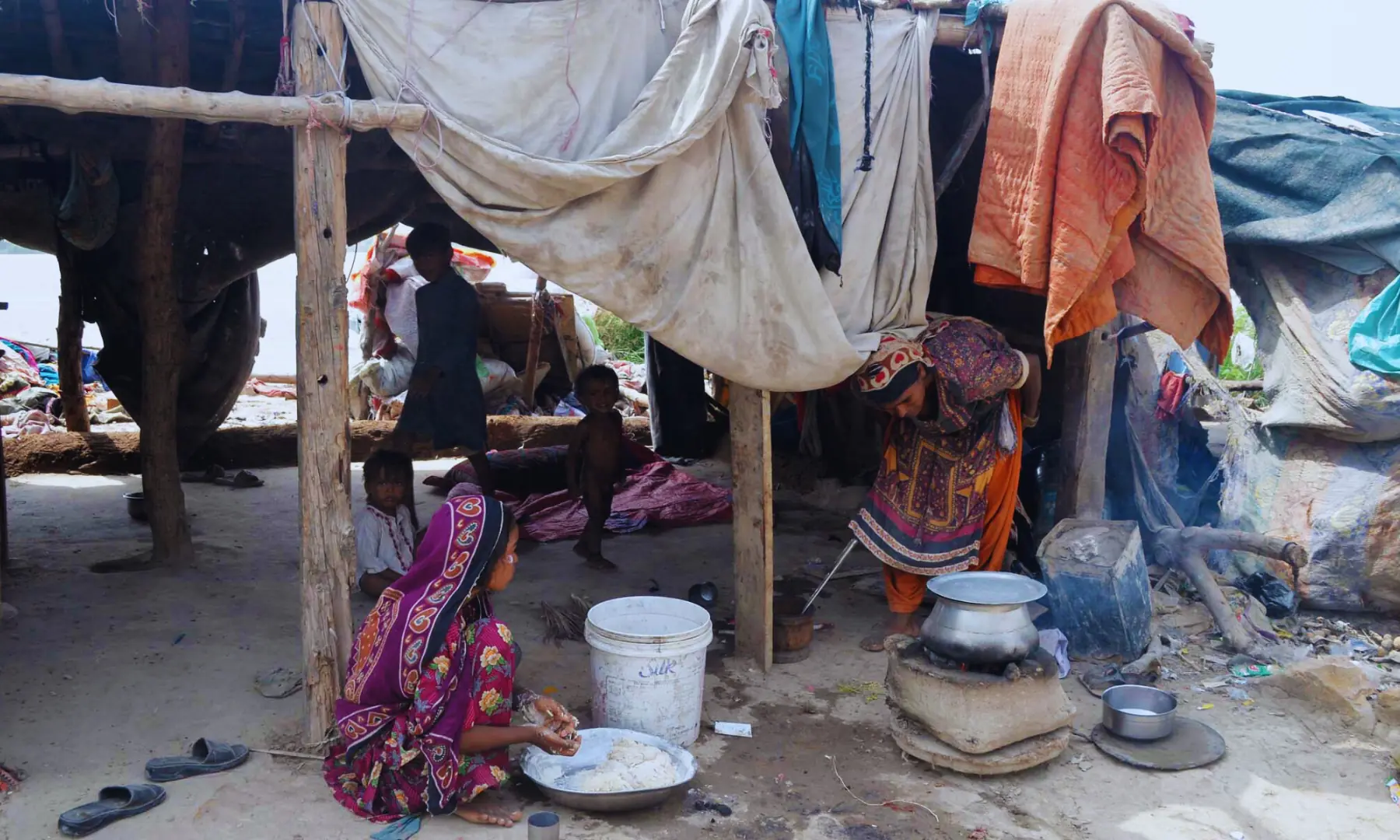
Irrigation authorities are closely monitoring flows from Punjab’s eastern rivers, including the Chenab, Ravi, and Sutlej, before they reach Sindh’s barrages. The Guddu barrage currently receives 360,777 cusecs upstream and 345,373 cusecs downstream, while the Trimmu and Panjnad barrages are also under observation to manage incoming floodwaters.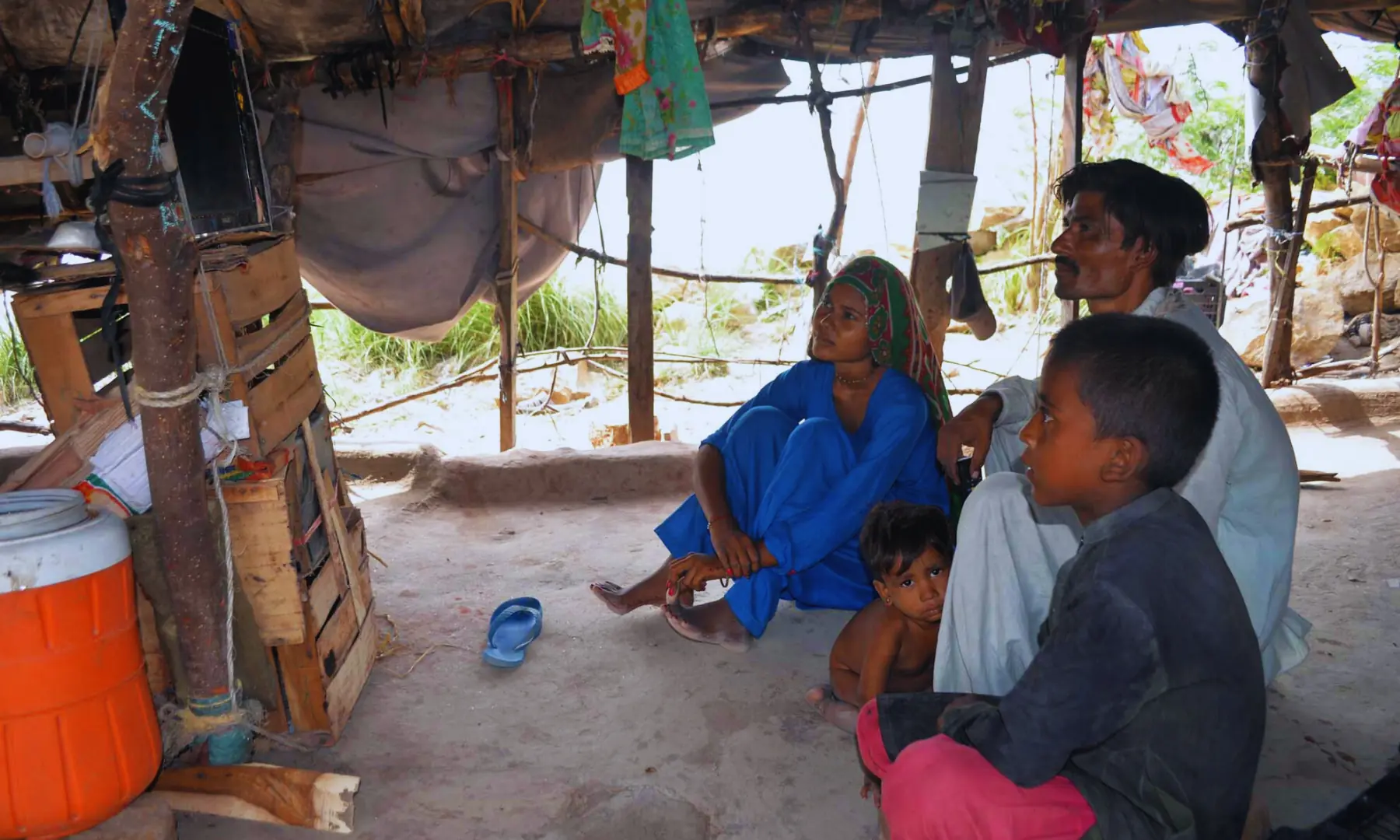
Historical data shows that super floods have passed through the Guddu and Sukkur barrages, such as in August 2010, when catastrophic flows caused damage to districts along the river. Authorities are now preparing for similar worst-case scenarios, with contingency plans for flows of 900,000 cusecs or more.
While rising waters provide hope for farmers and fishermen, katcha dwellers remain on alert, bracing for possible displacement and property damage. As Sindh prepares for another flood season, authorities urge residents to stay vigilant and follow official guidance.